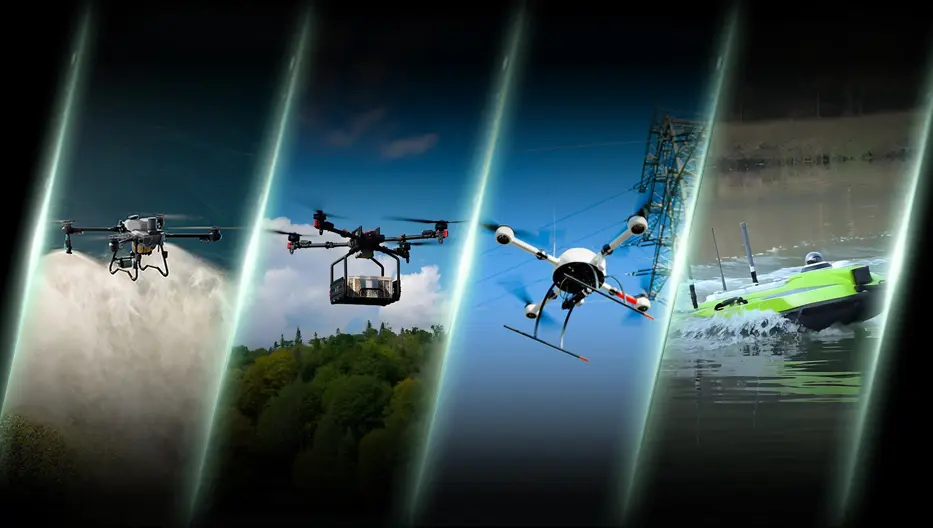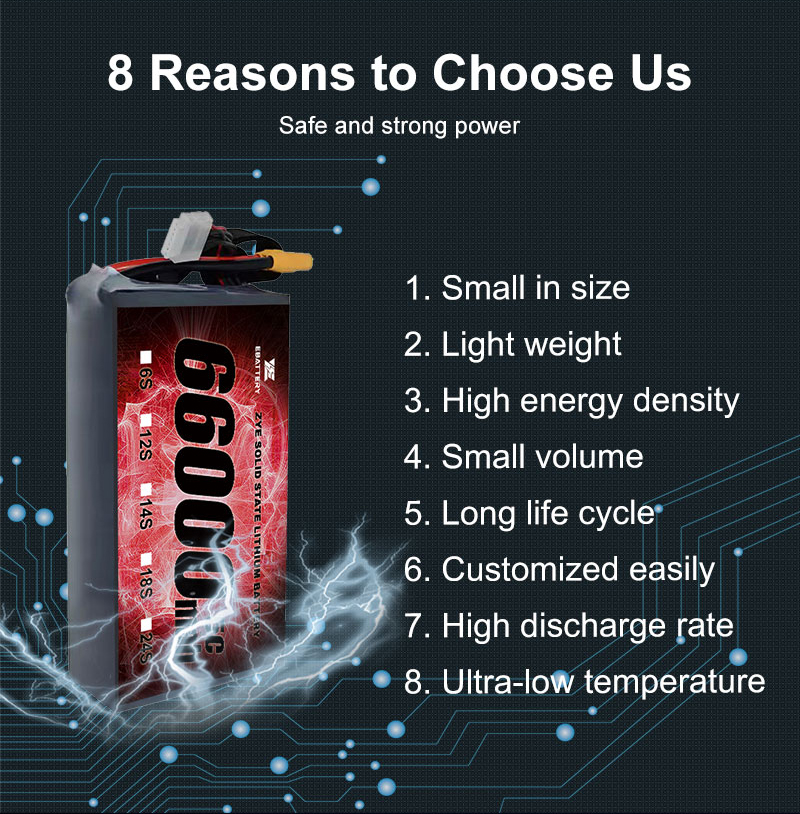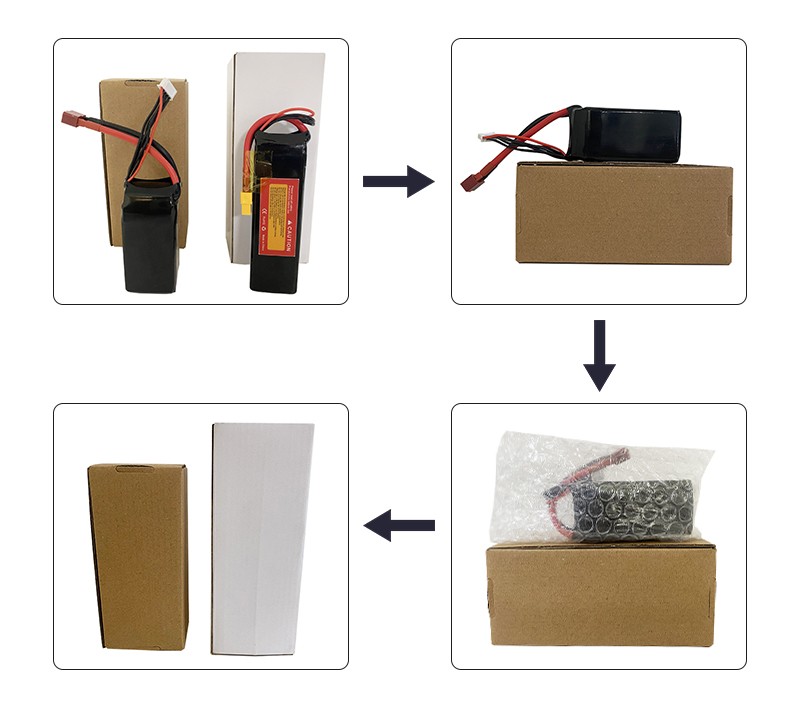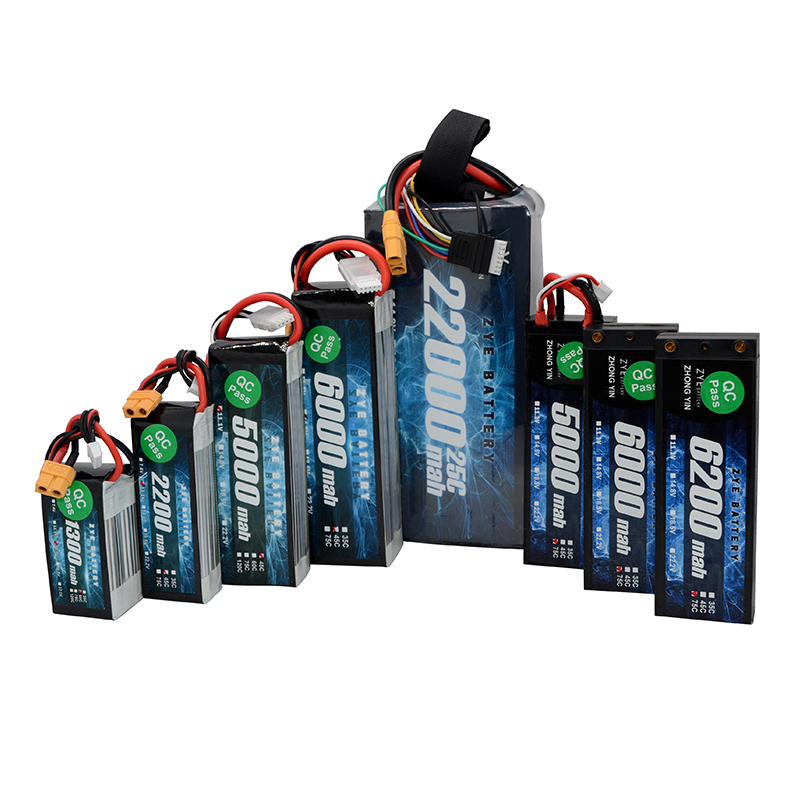How to extend drone battery life?
2025-08-14
A drone’s battery is its lifeline, and maximizing its lifespan not only saves you money but also ensures reliable performance when you need it most.
In this guide, we’ll explore actionable strategies to extend battery life, from pre-flight preparation to long-term storage.
Before diving into maintenance tips, it’s essential to understand the heart of your drone’s power system: the battery.

What are the best storage practices for drone batteries?
First, always store your UAV batteries in a cool, dry place. The ideal temperature range for storing batteries is between 20°C and 25°C (68°F to 77°F). Extreme temperatures, both hot and cold, can significantly impact battery performance and capacity, potentially leading to shorter flight times or a reduced lifespan.
Avoid storing batteries in direct sunlight or places prone to high heat, such as near radiators or in a hot car. Similarly, avoid freezing temperatures, which can harm the battery’s chemistry.
Before storing your UAV battery, it is crucial to ensure that it is at about 50% charge. Storing a battery at full charge or with a very low charge can stress the cells, leading to a decrease in overall battery health.
To further protect your UAV batteries, use dedicated battery cases or bags specifically designed for battery storage. These containers are often equipped with fire-resistant properties, which provide an added layer of safety, particularly in the event of a malfunction during storage or transportation.
Finally, regularly inspect your lipo-battery for any signs of damage. Look out for swelling, leakage, or discoloration, all of which are indications that the battery may be compromised.

In-Flight Optimization: Fly Efficiently to Conserve Power
1. Avoid Aggressive Maneuvers
Rapid acceleration, sudden stops, sharp turns, and frequent ascent/descent require the motors to work harder, draining the battery quickly. Instead, practice smooth, gradual movements. Cruise at a steady altitude and speed when possible—this is the most energy-efficient way to fly.
2. Minimize Payload and Accessories
Extra weight forces the motors to consume more power. Remove unnecessary accessories like external lights or unused cameras before flight.
3.Monitor Power Levels and Plan Returns
Keep a close eye on battery percentage during flight. Most drones send low-battery alerts, but it’s wise to plan your return when the battery reaches 30–35% to account for unexpected wind or obstacles. Avoid flying to the edge of your battery’s range—reserve enough power for a safe return.
4.Check Periodically
Even in storage, batteries slowly lose charge. Every 1–2 months, check the charge level and top it up to 40–60% if needed. This prevents deep discharge, which permanently damages LiPo batteries.

Conclusion
Extending your drone lipo-battery life is a combination of understanding battery chemistry, adopting smart pre-flight and in-flight habits, and prioritizing proper maintenance and storage.Remember: a well-cared-for battery is the key to unlocking the full potential of your drone.
If you have any questions about battery care or are looking for high quality lipo battery solutions, please feel free to contact us at coco@zyepower.com. We're here to help you power your projects safely and efficiently.
























































